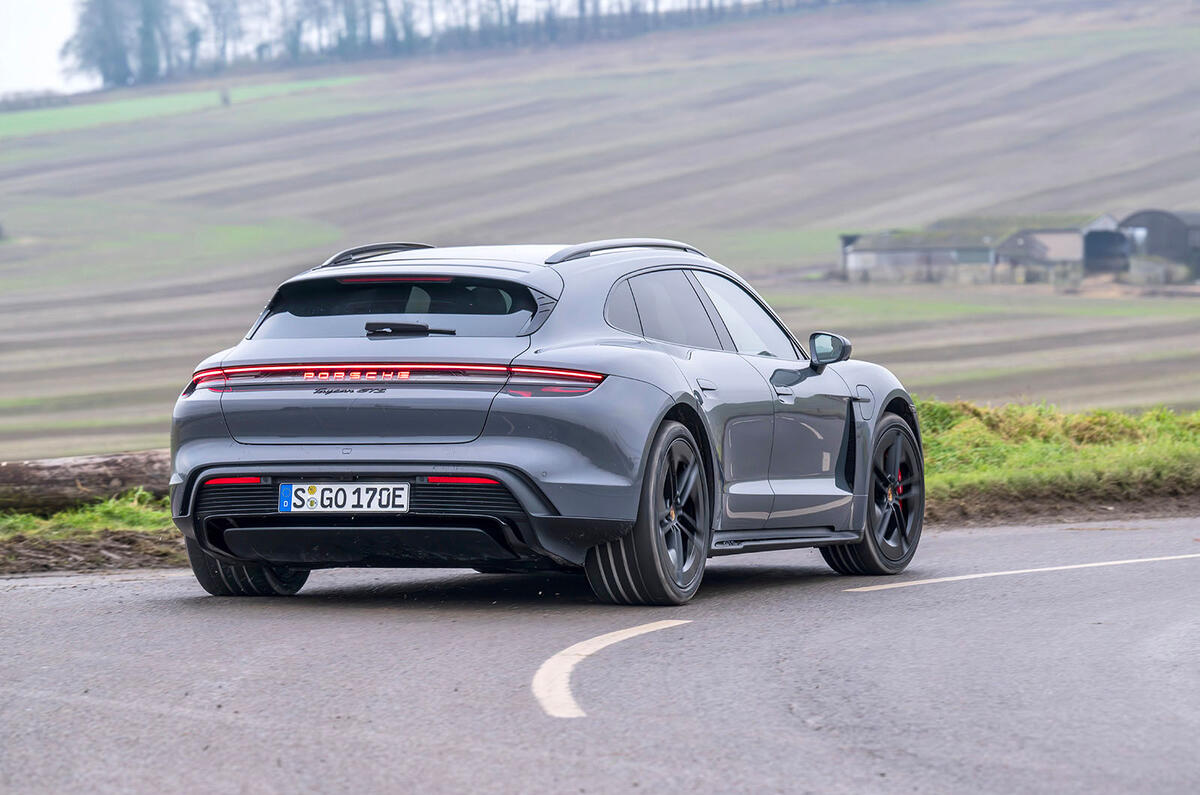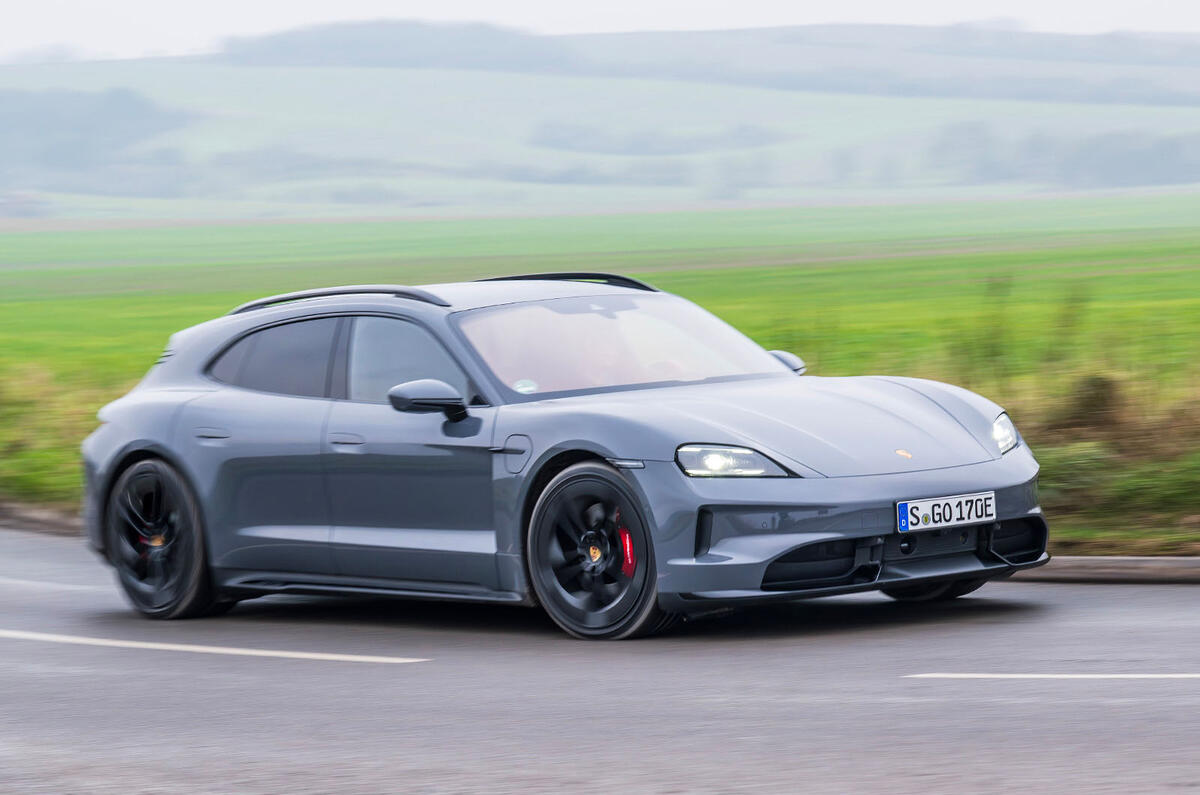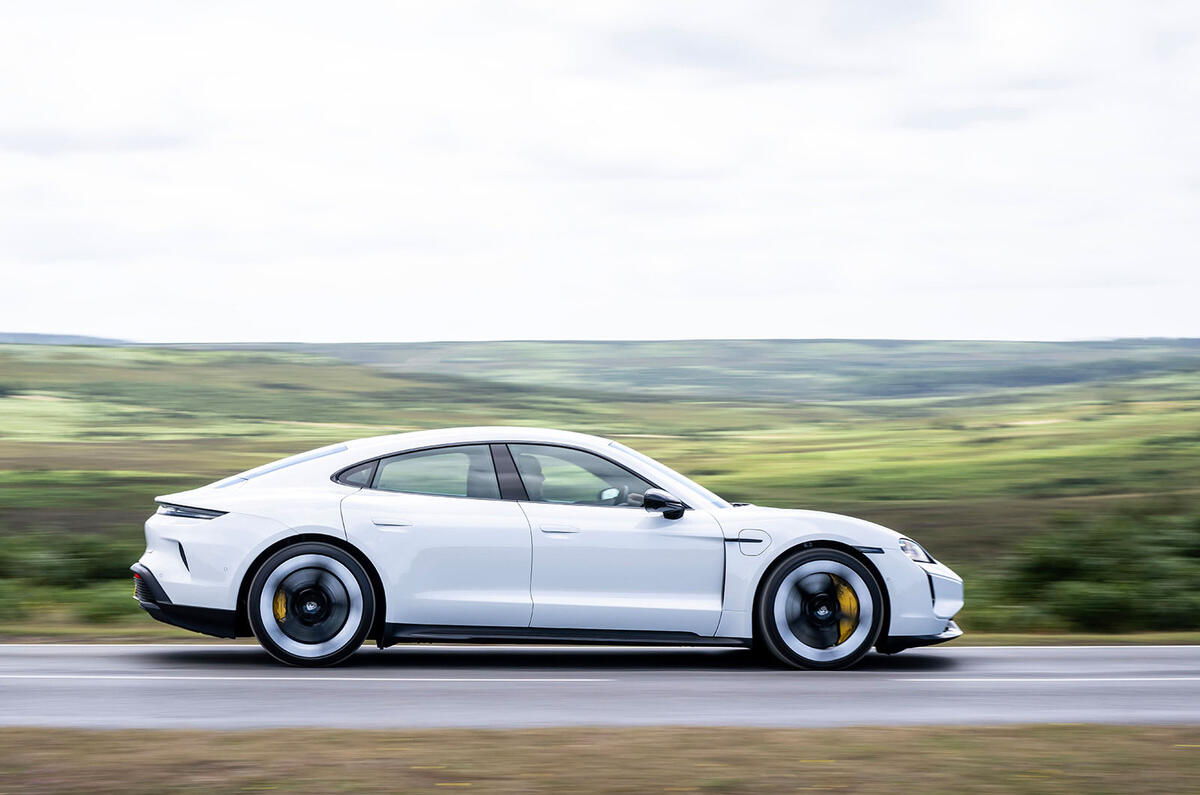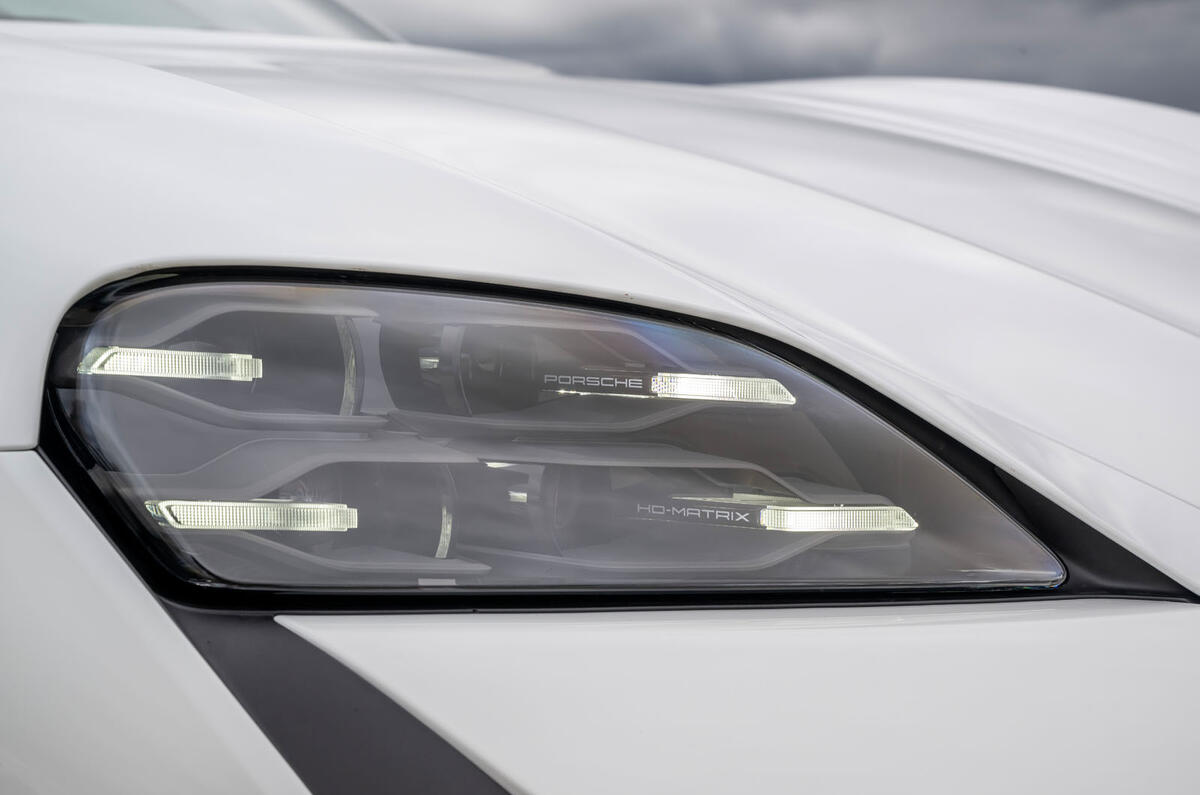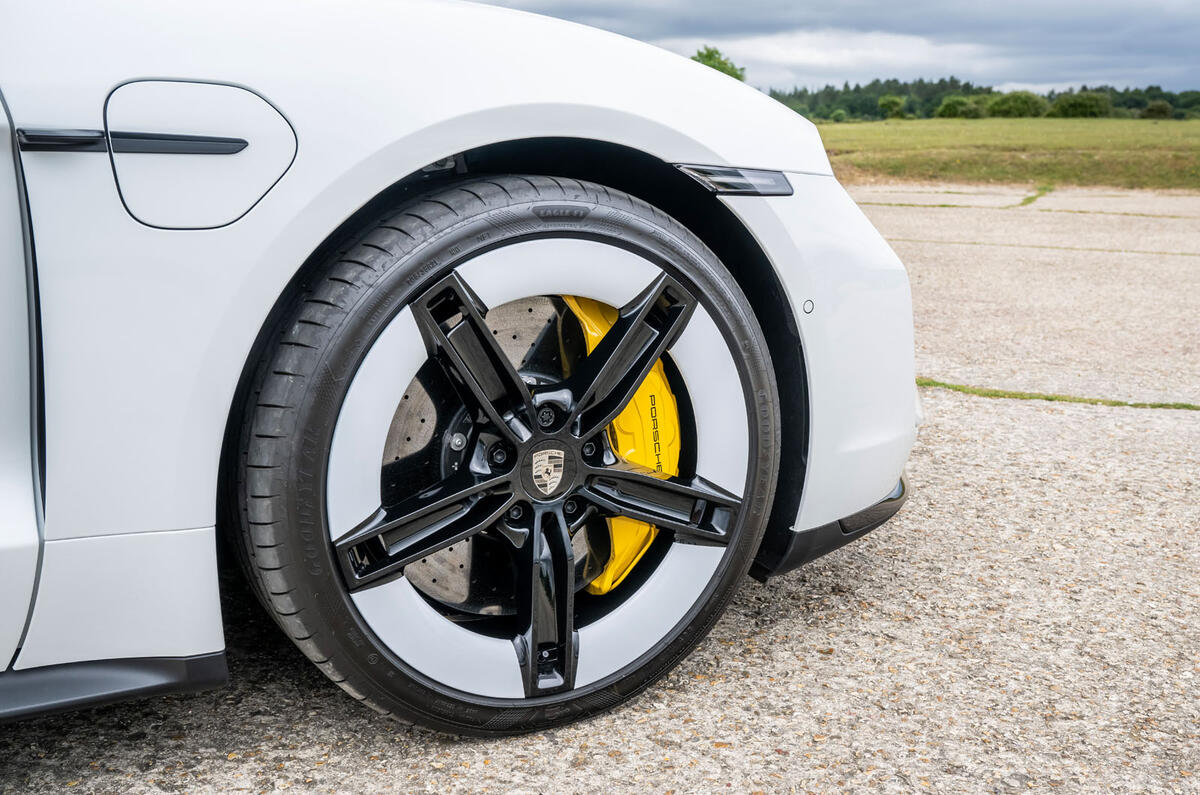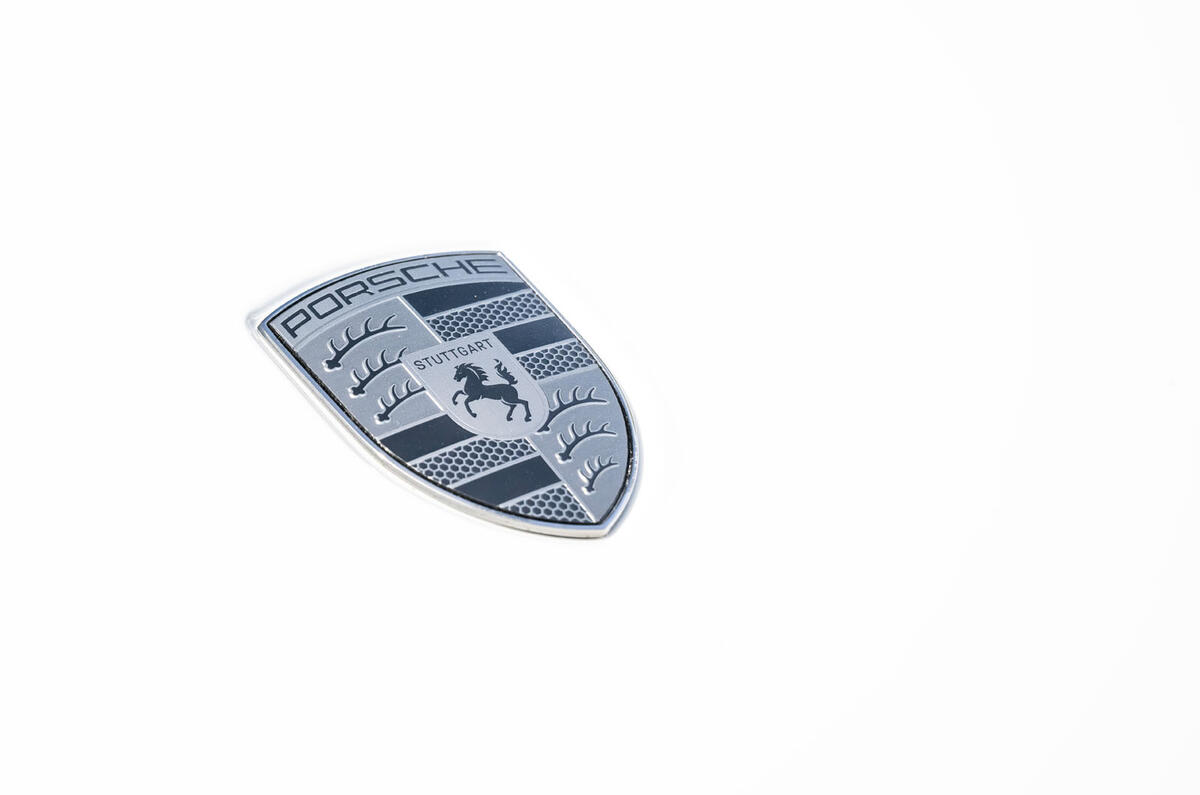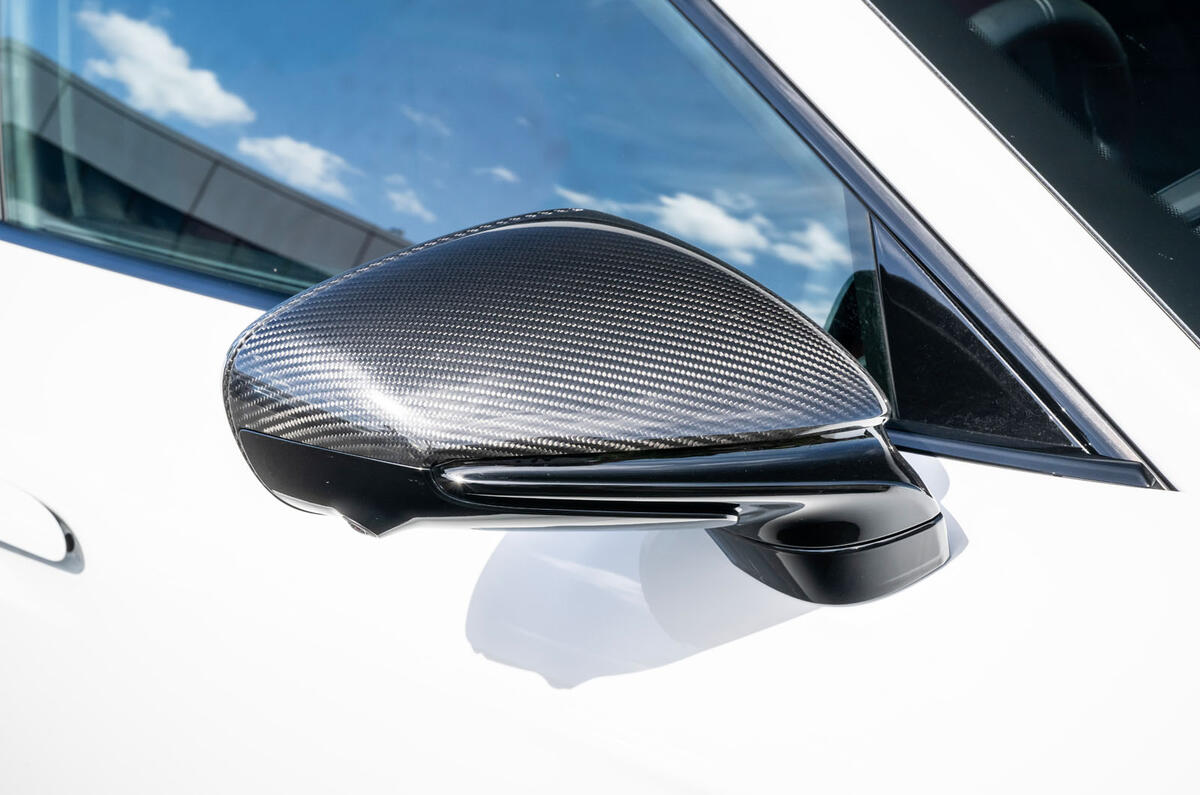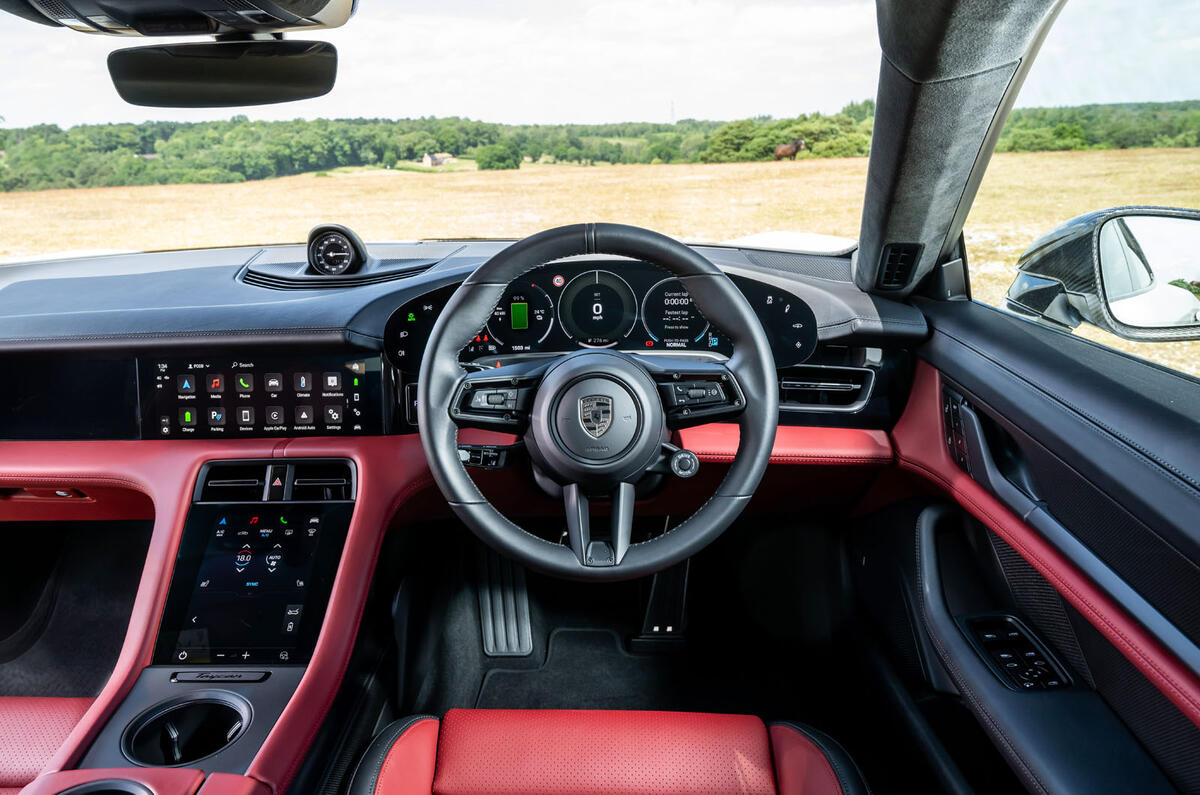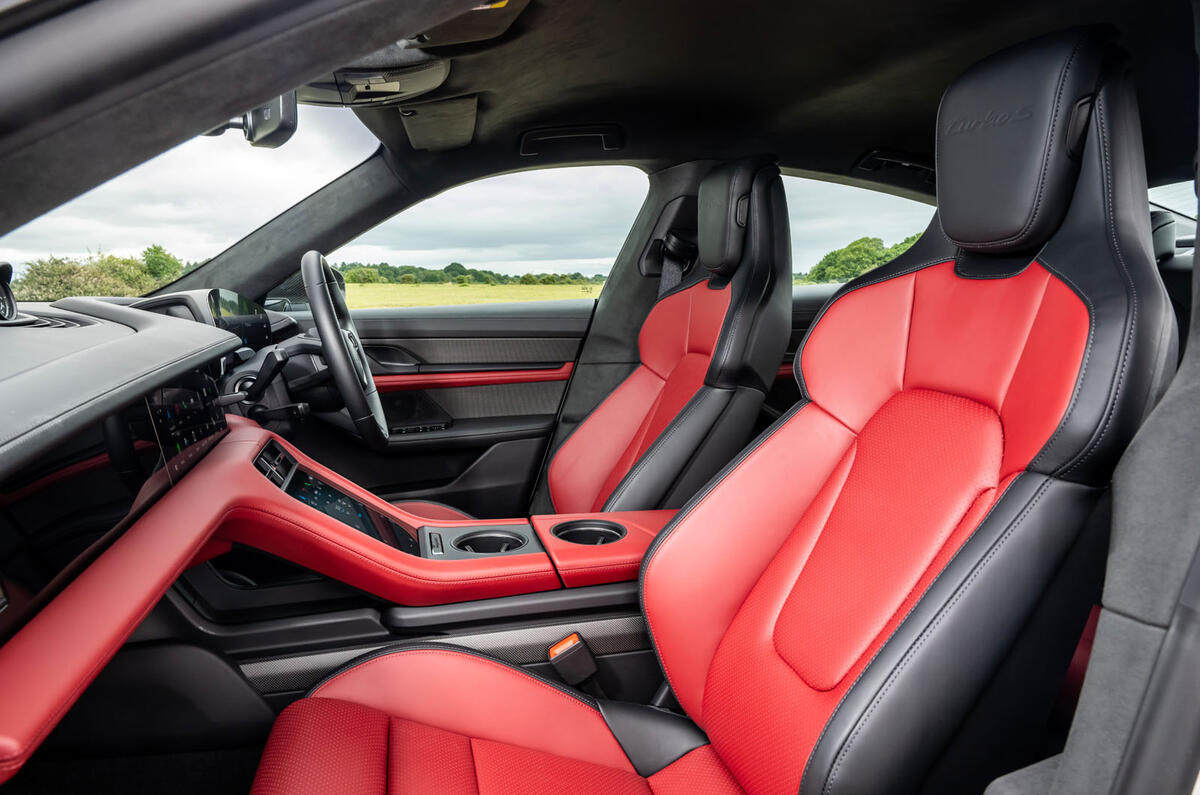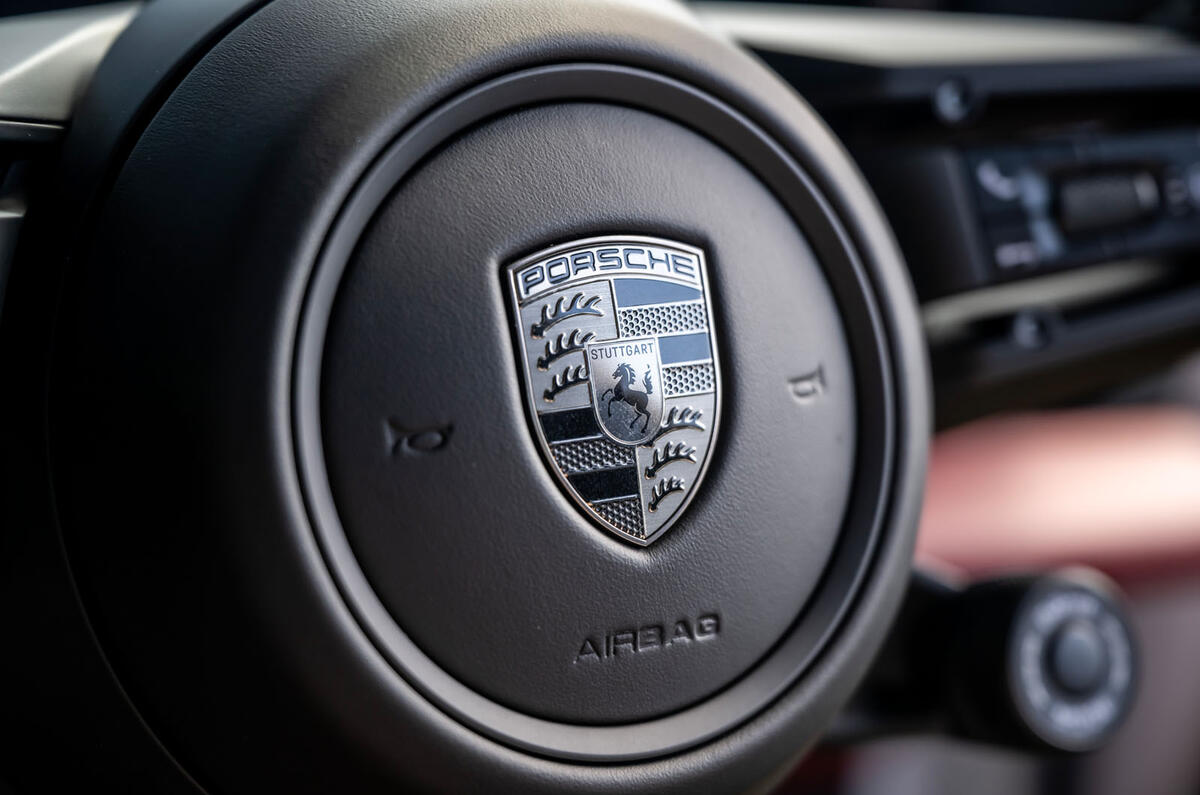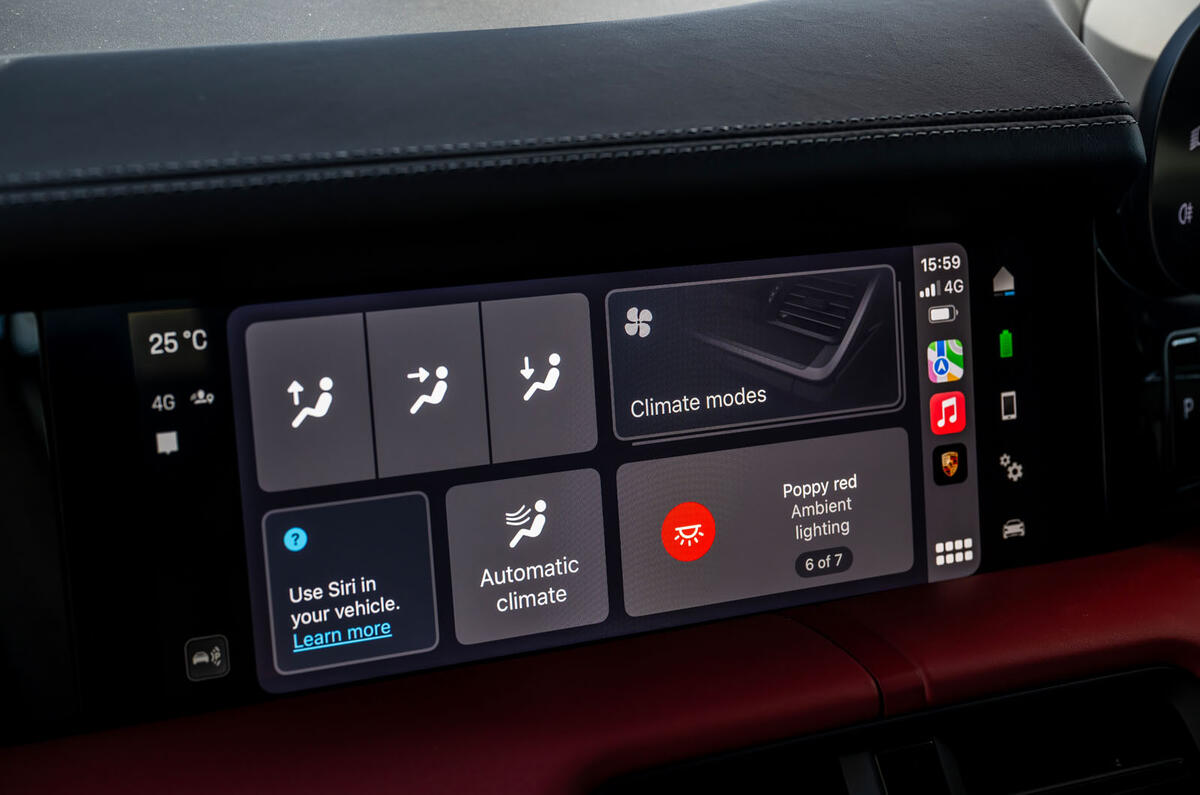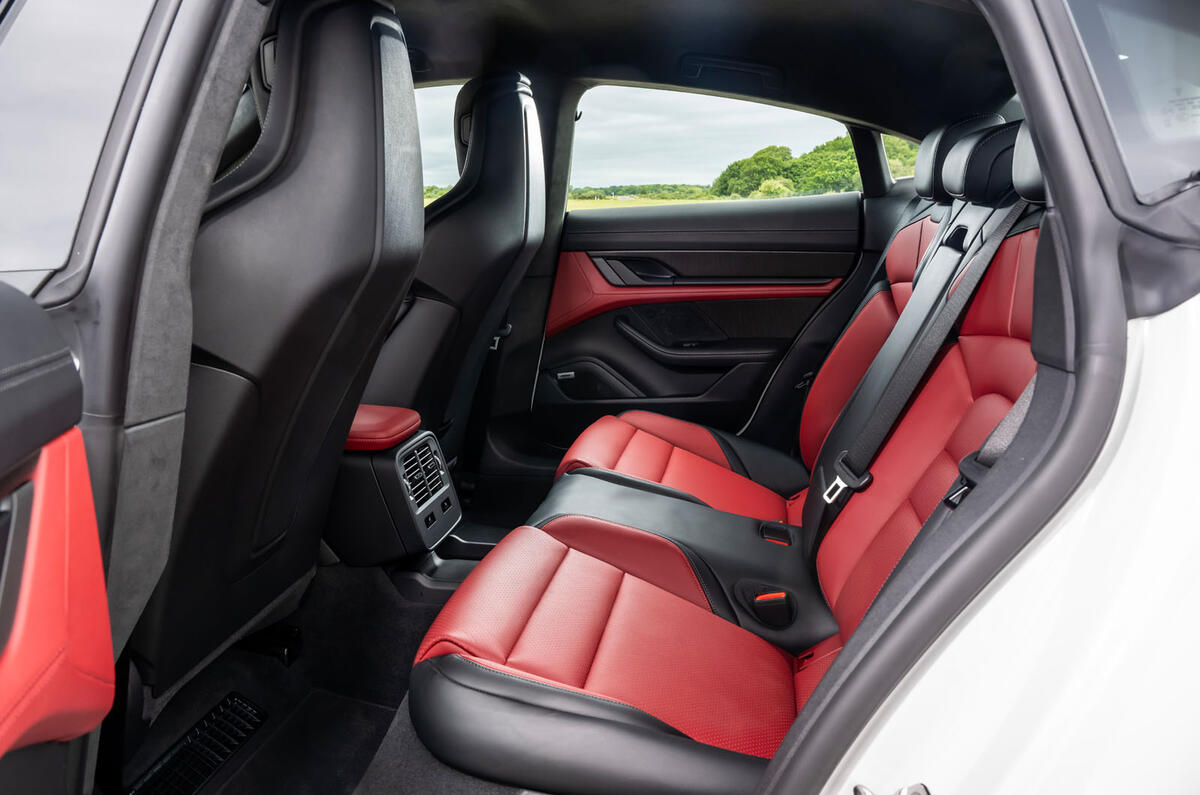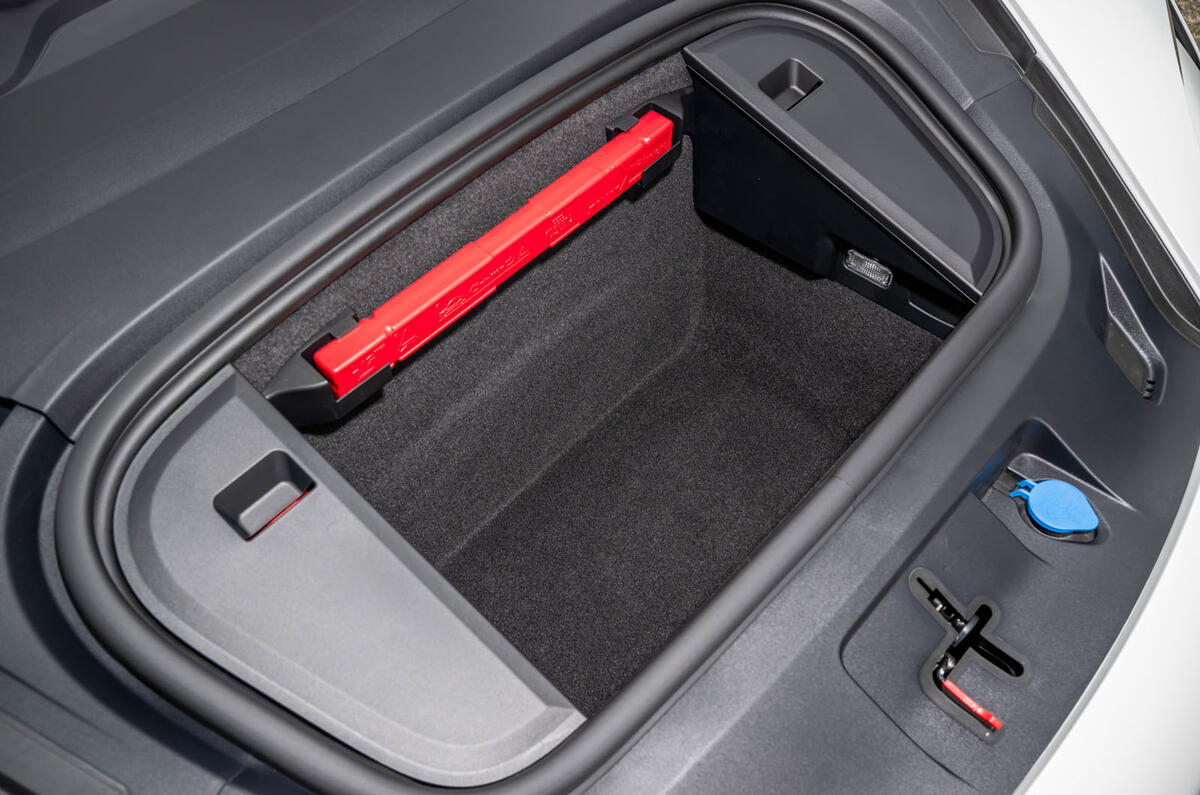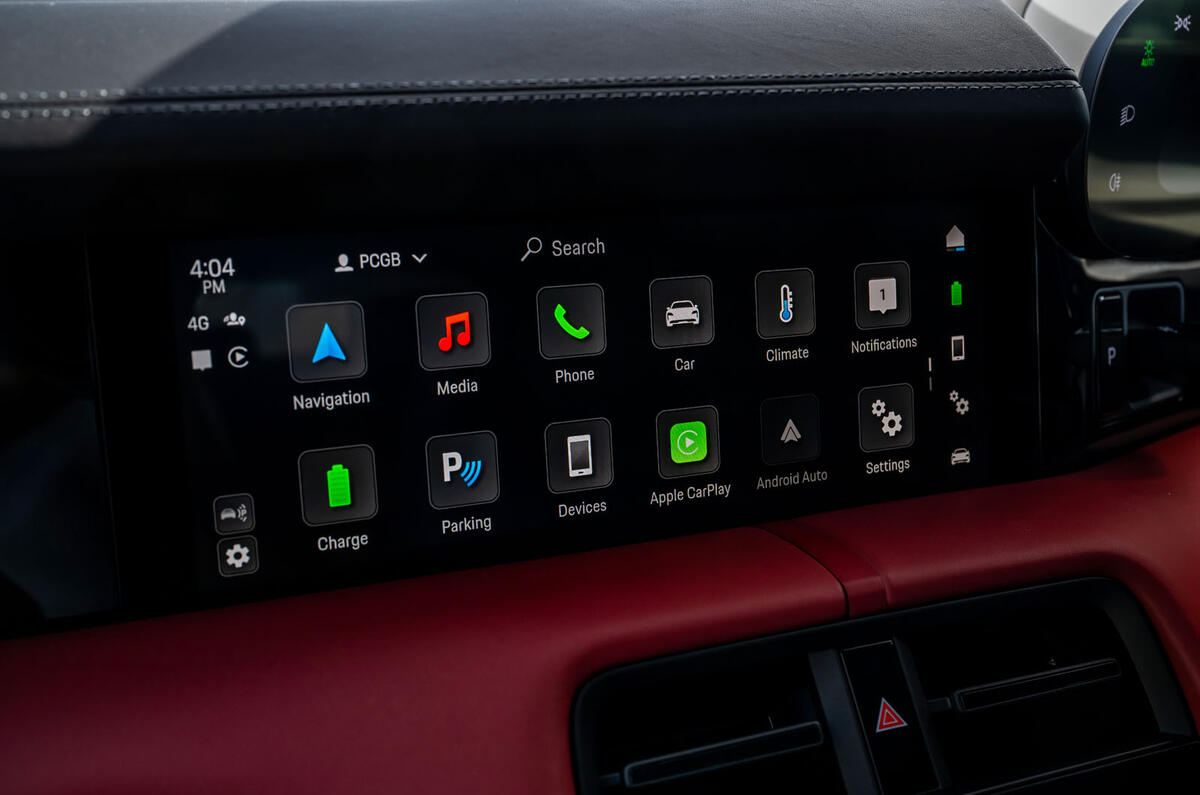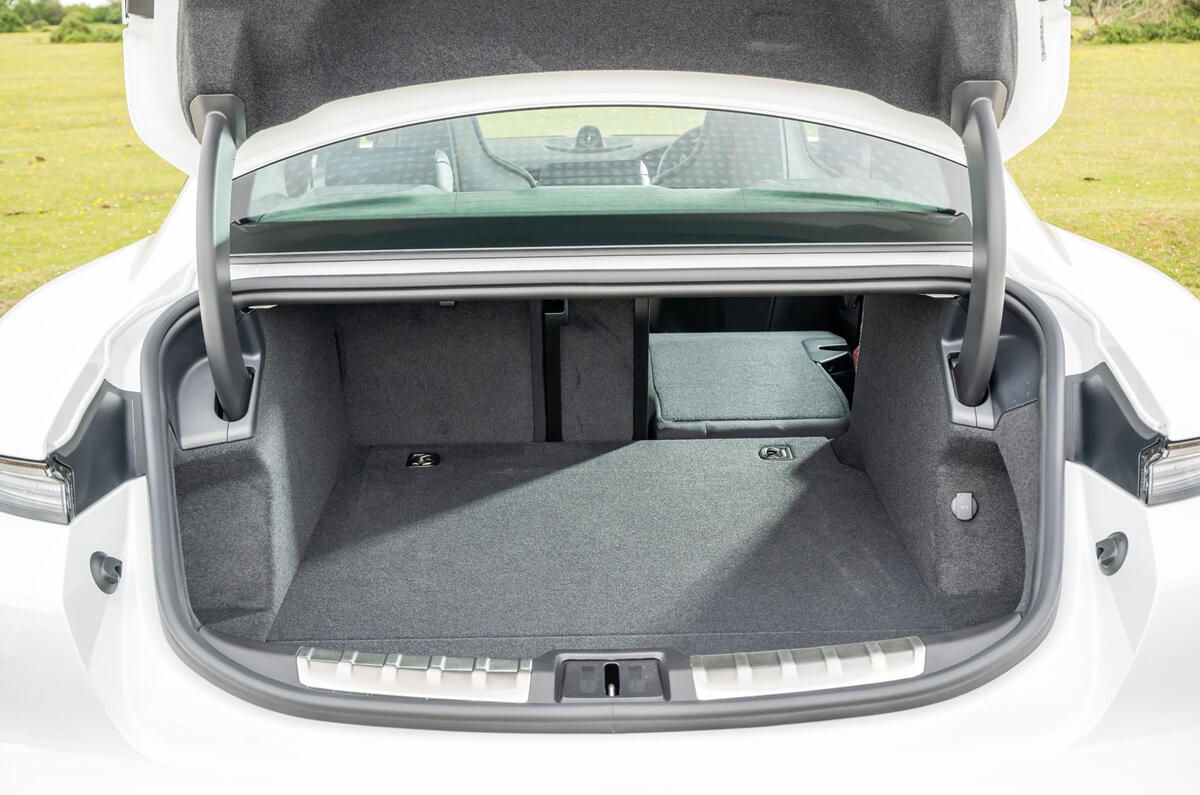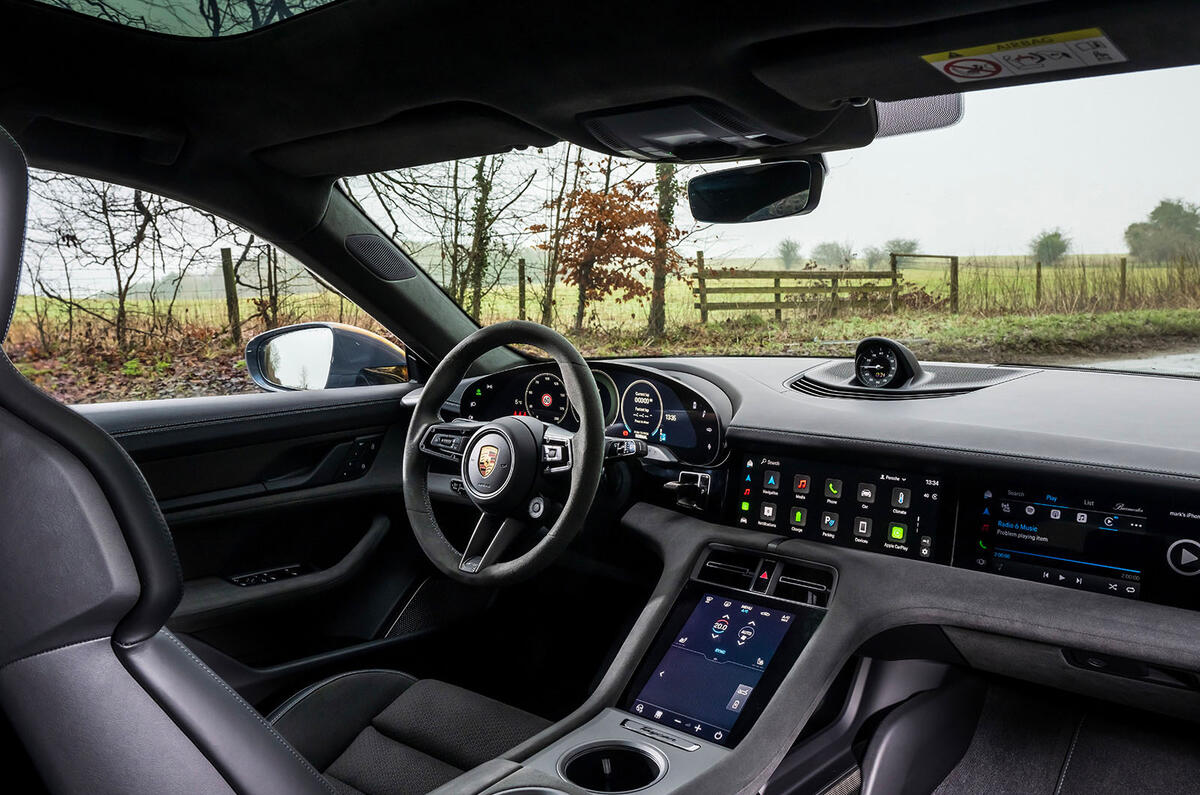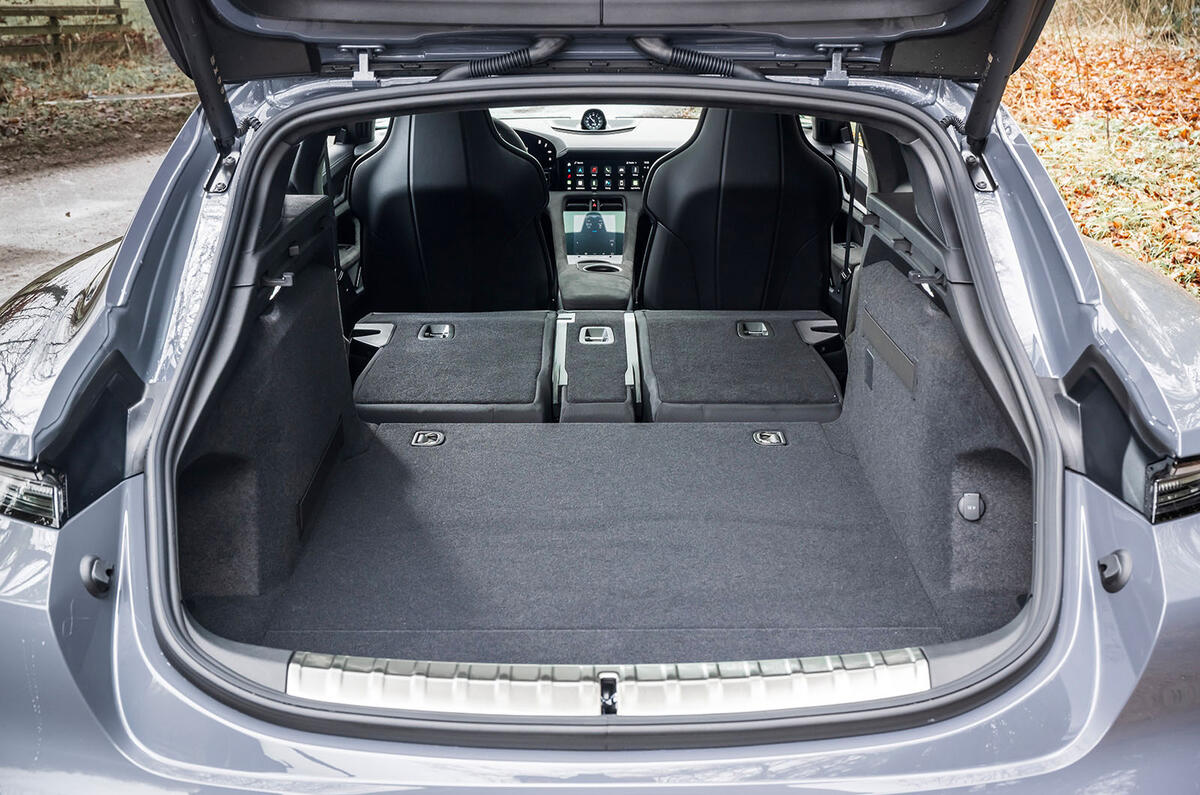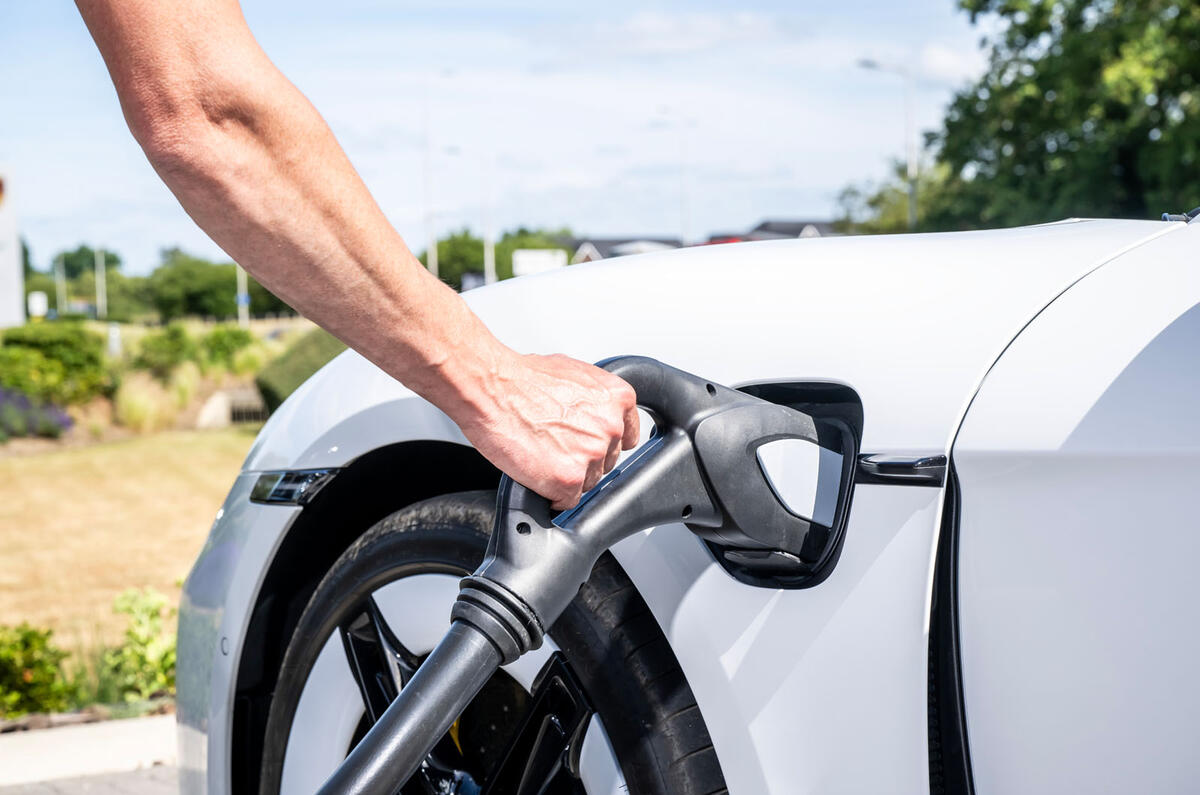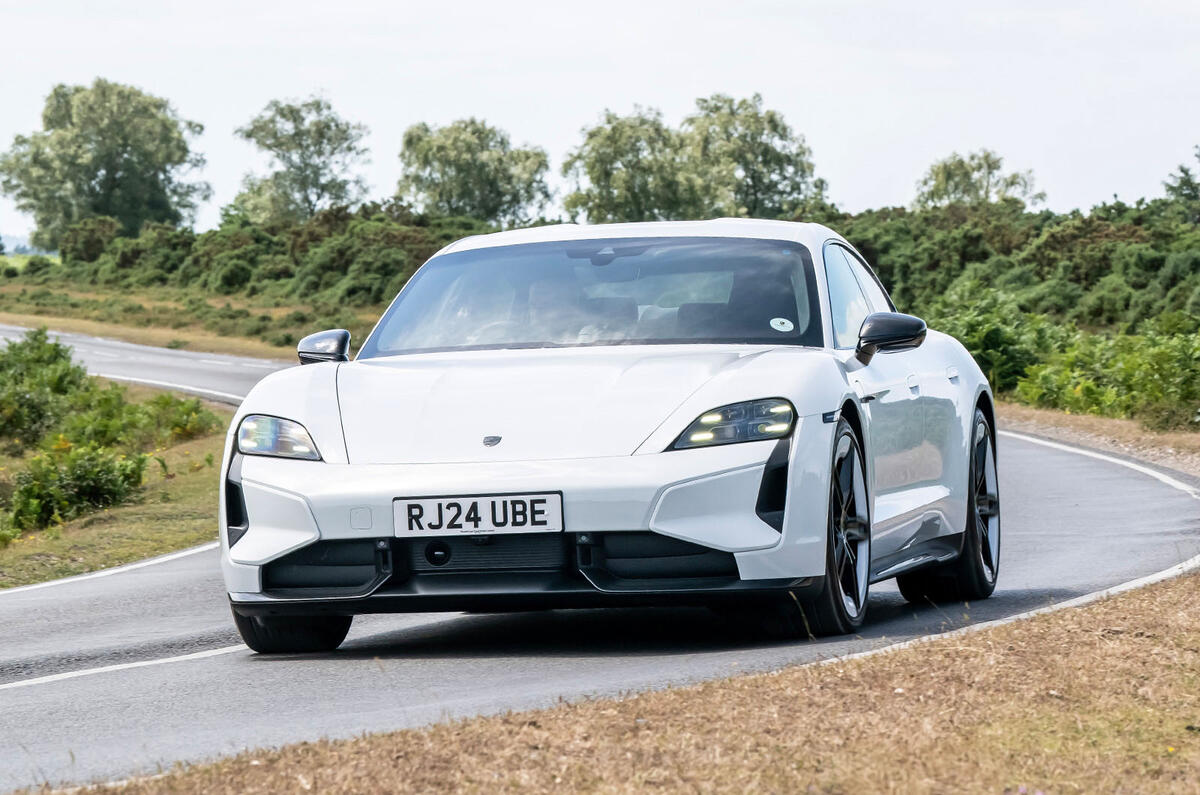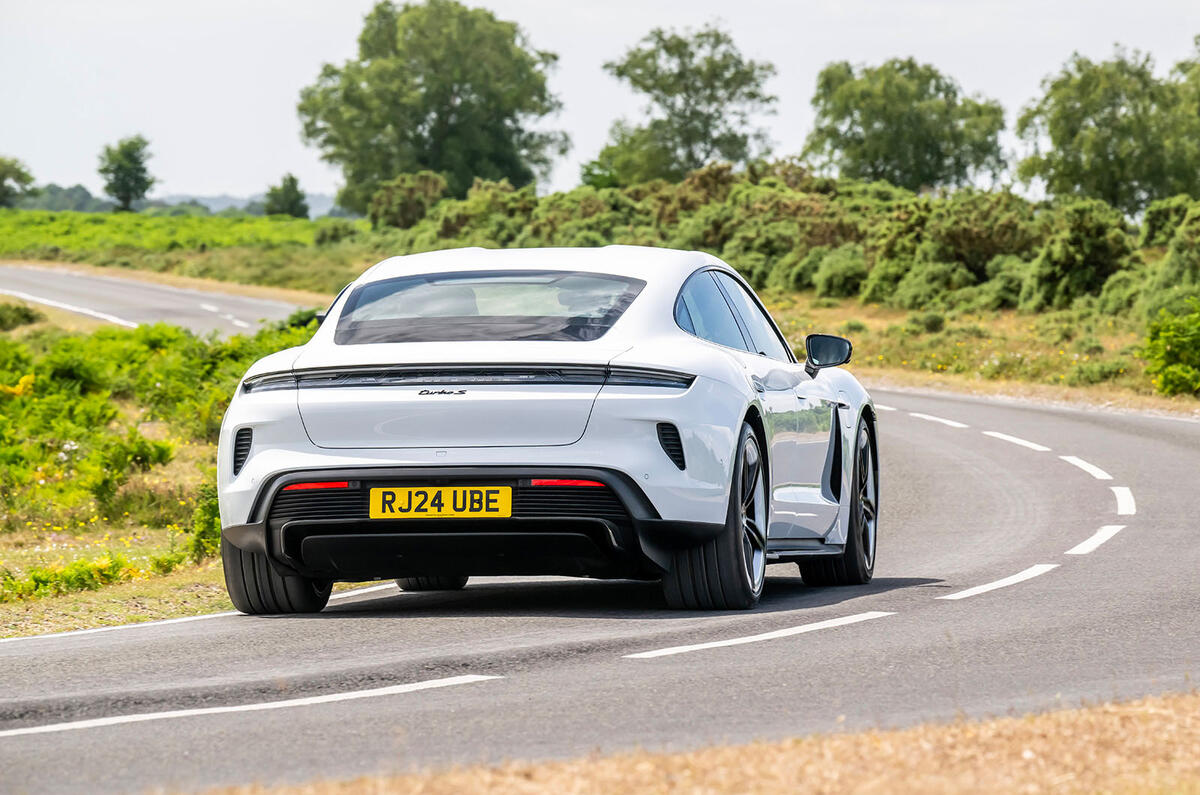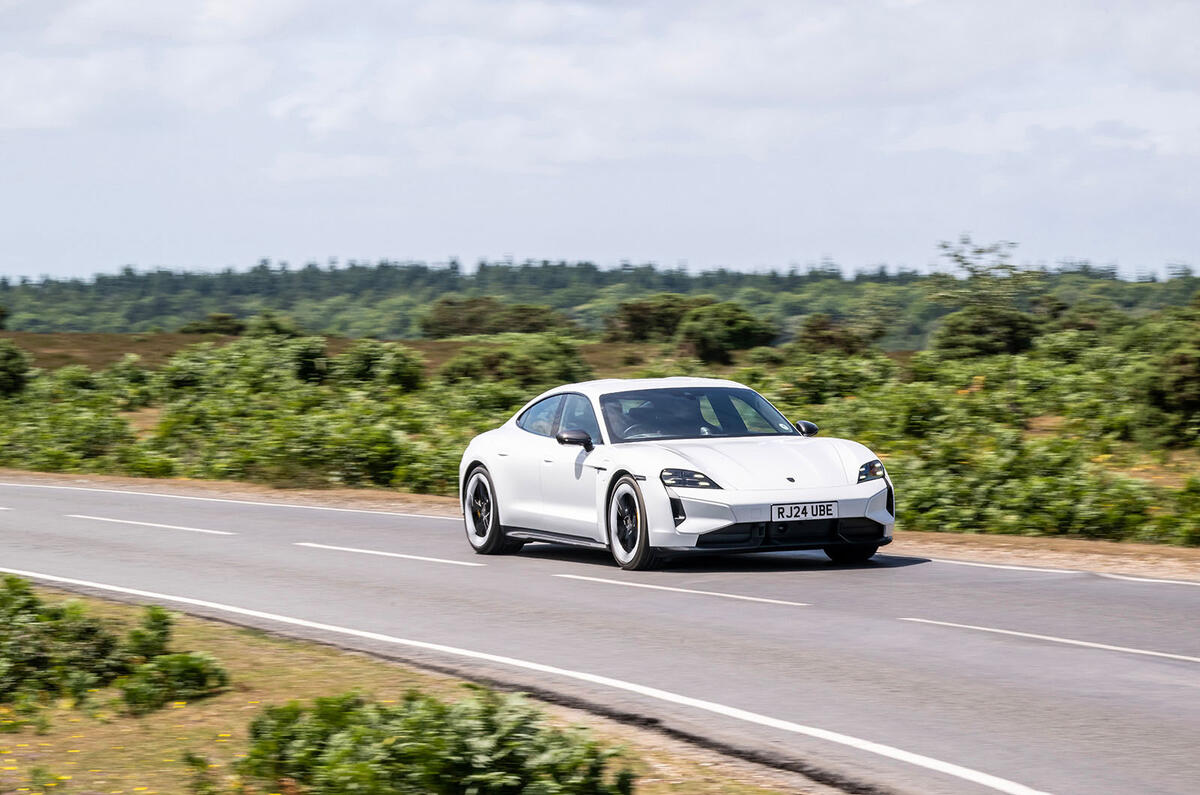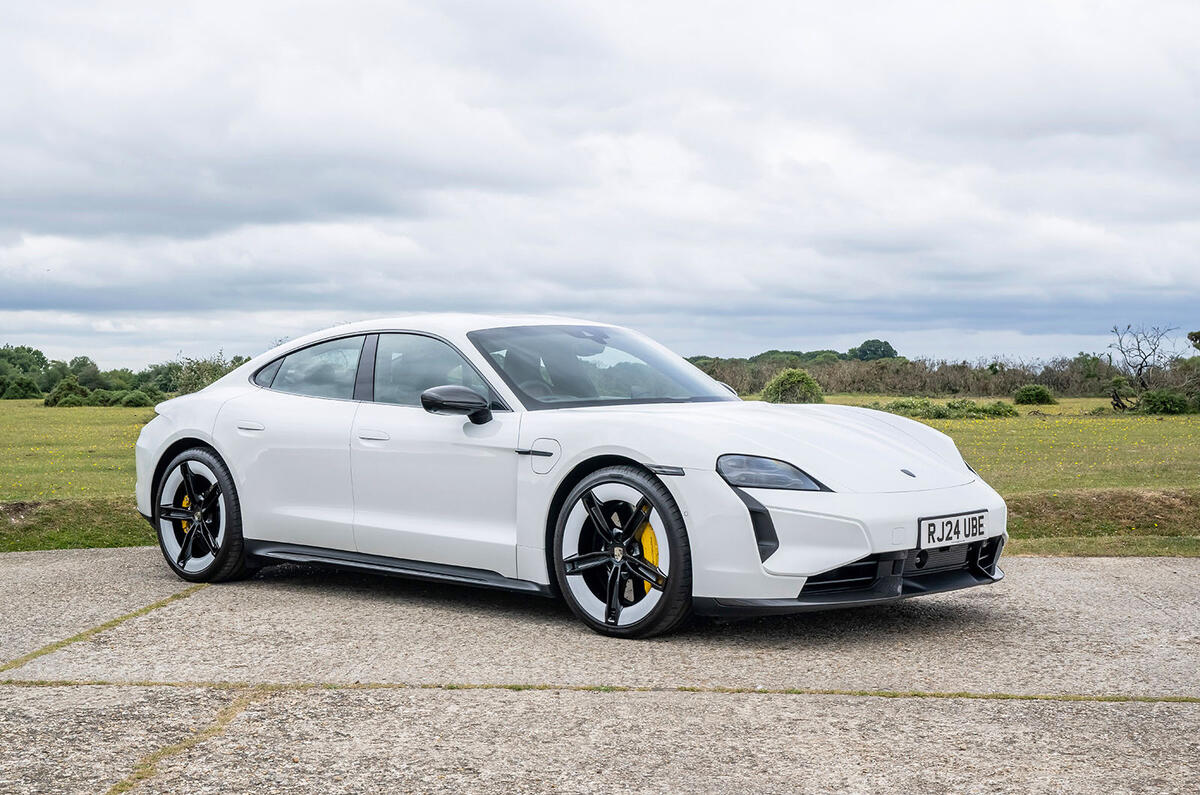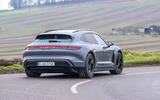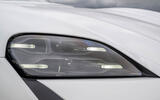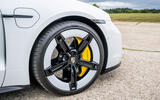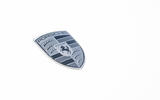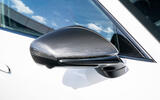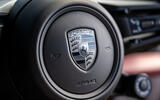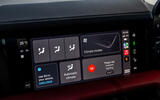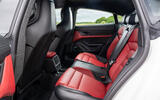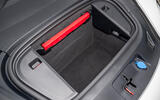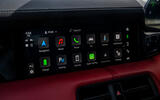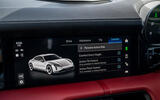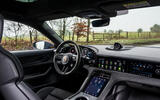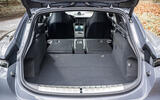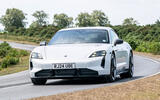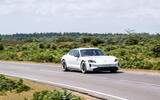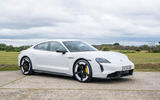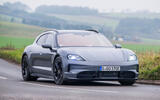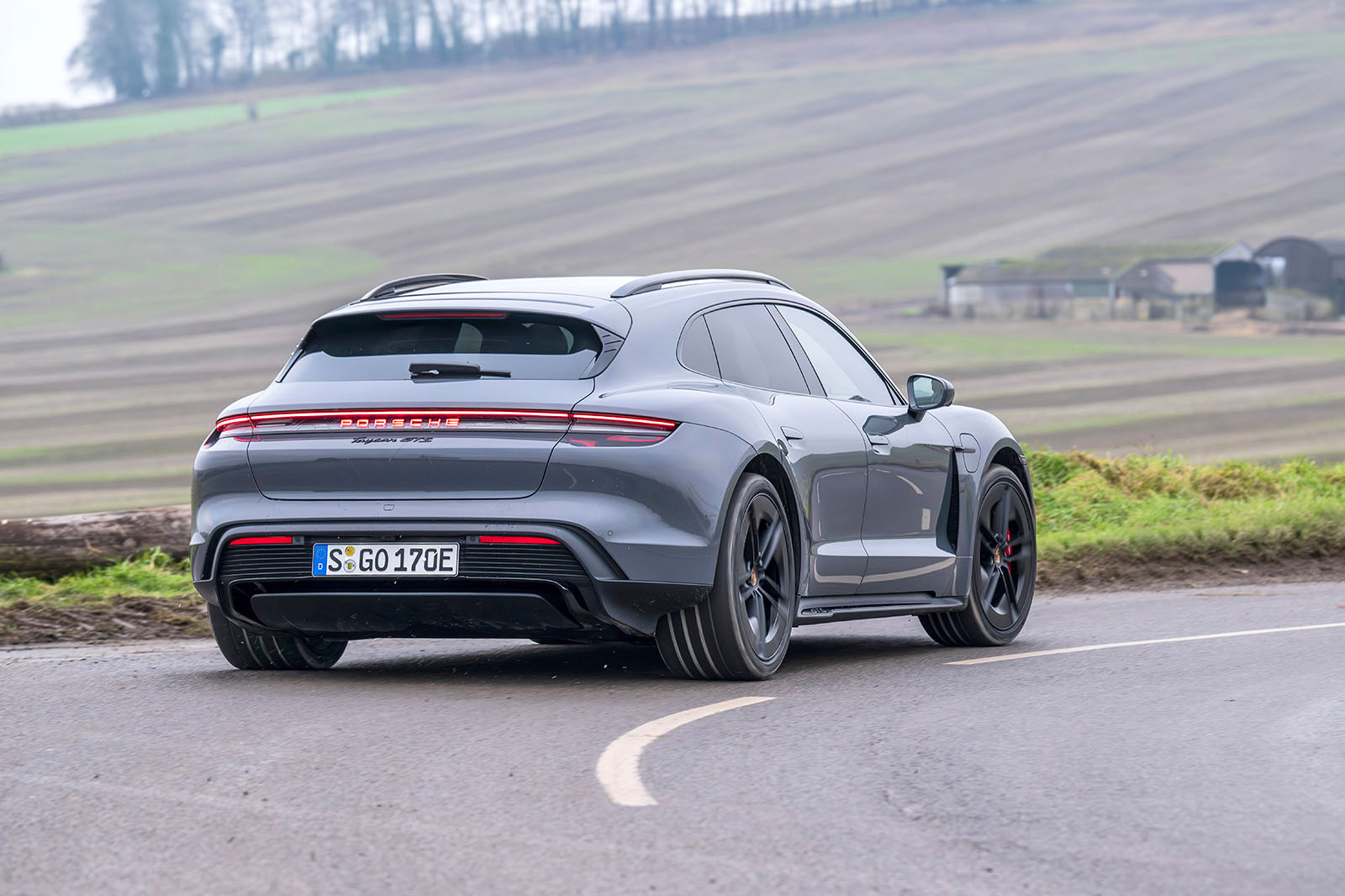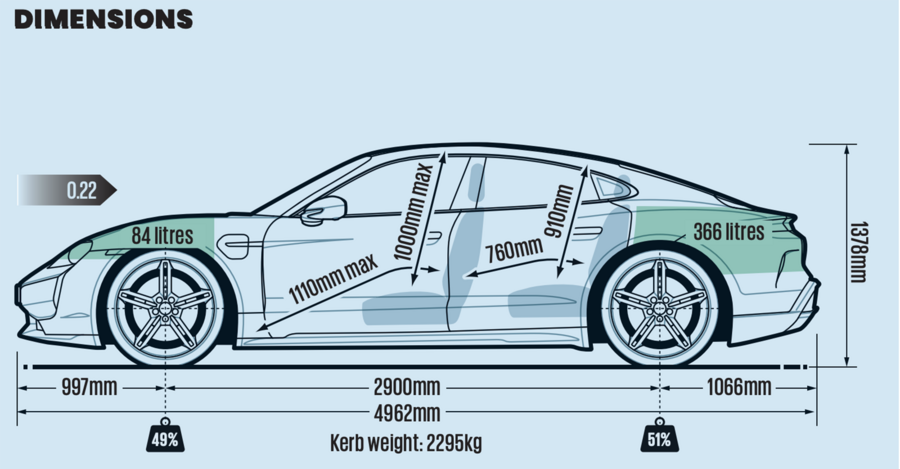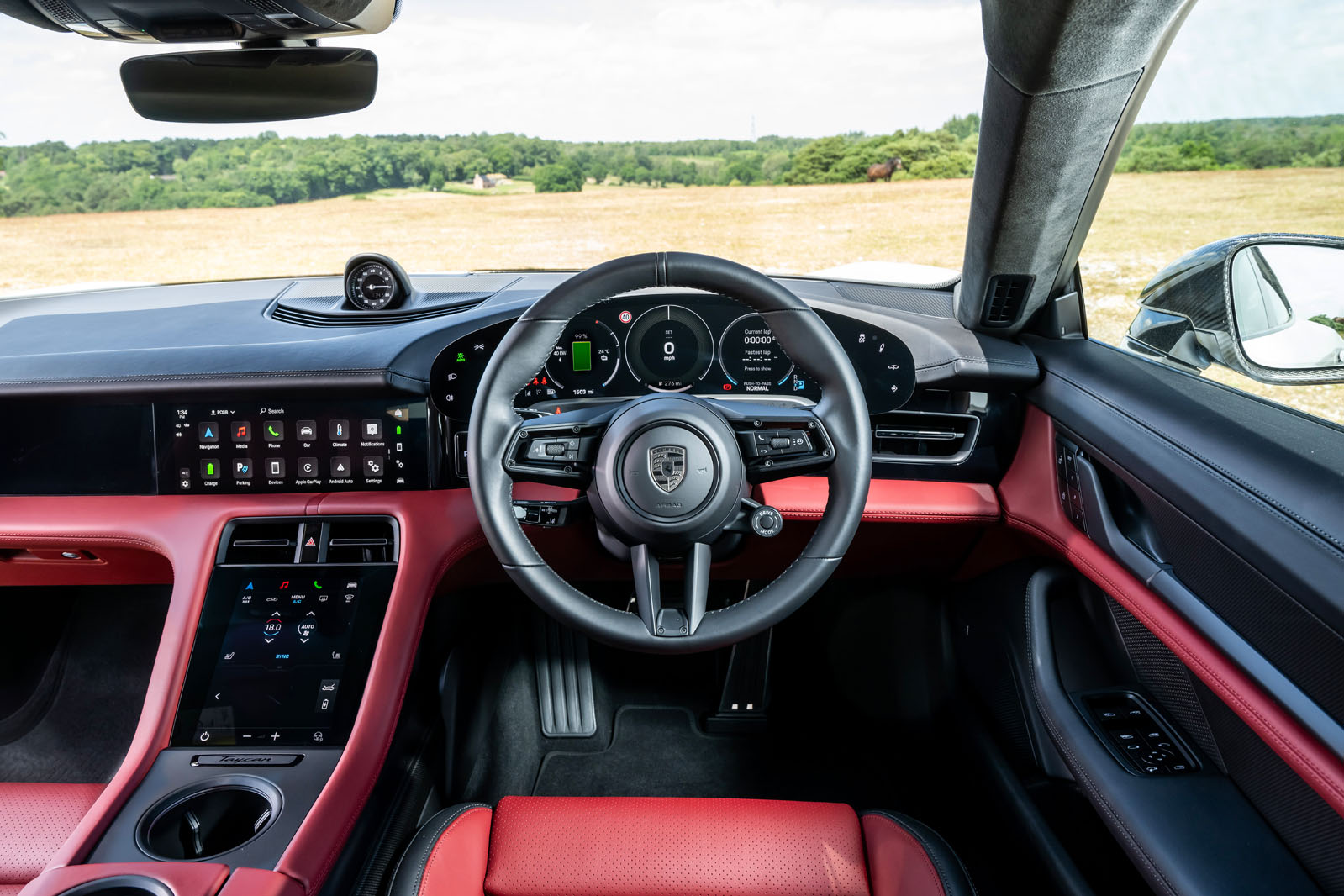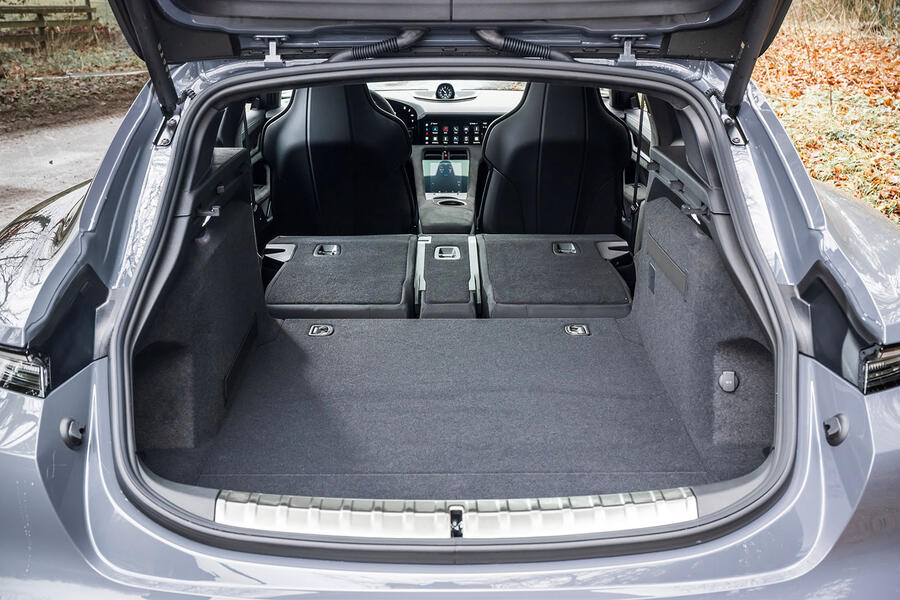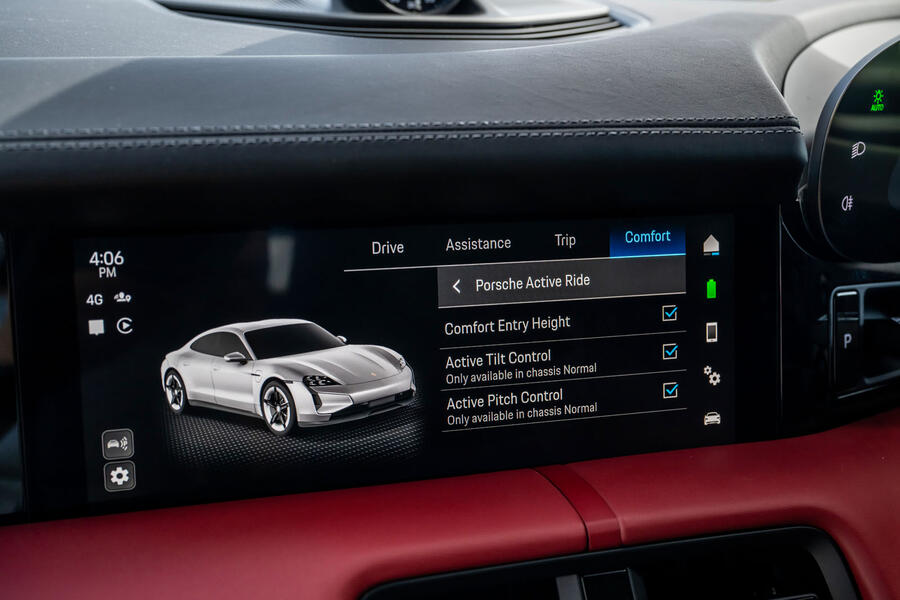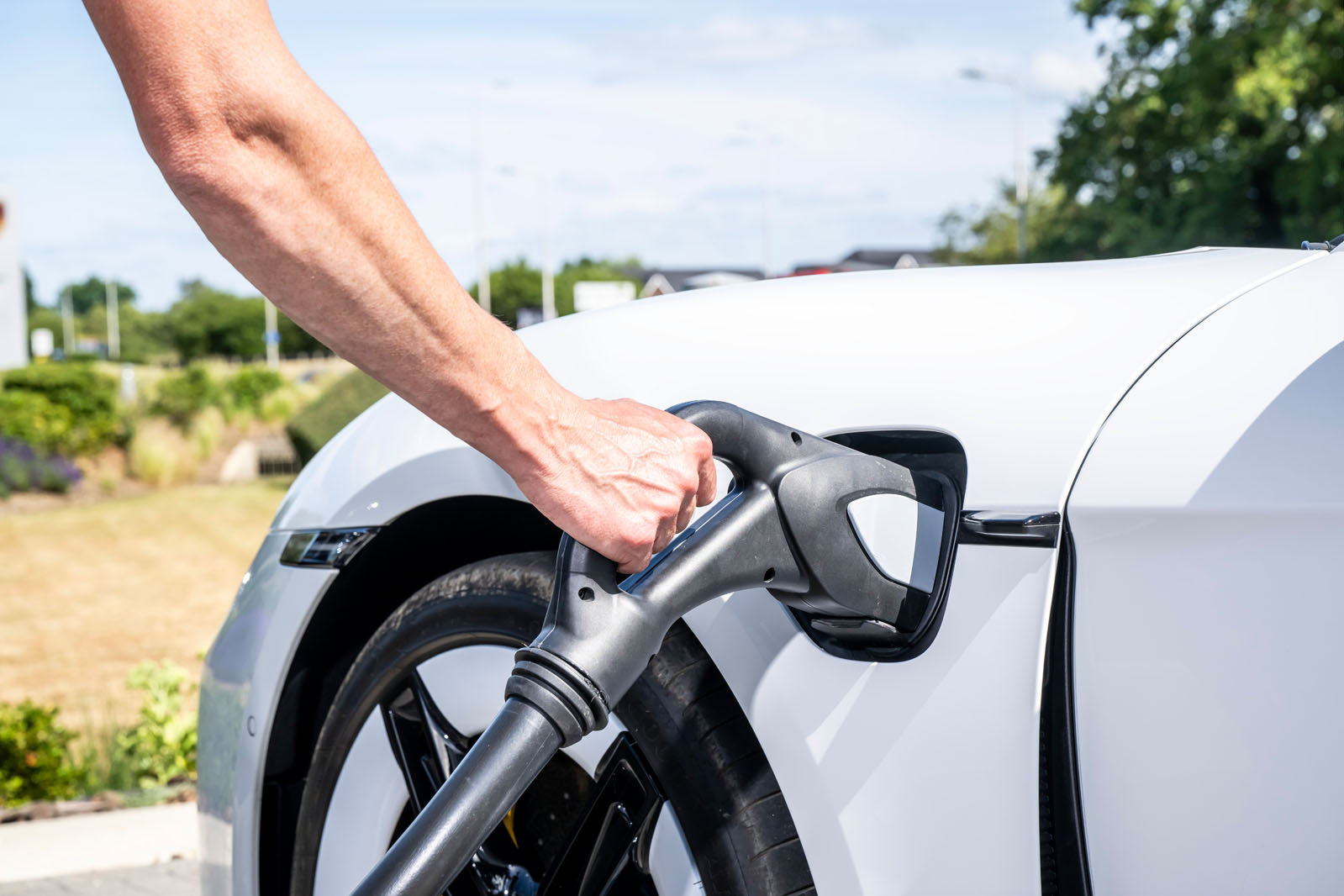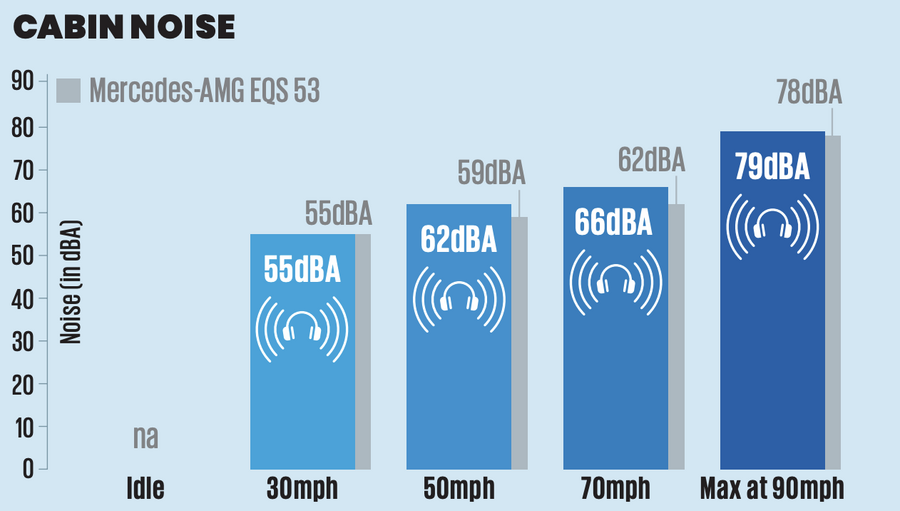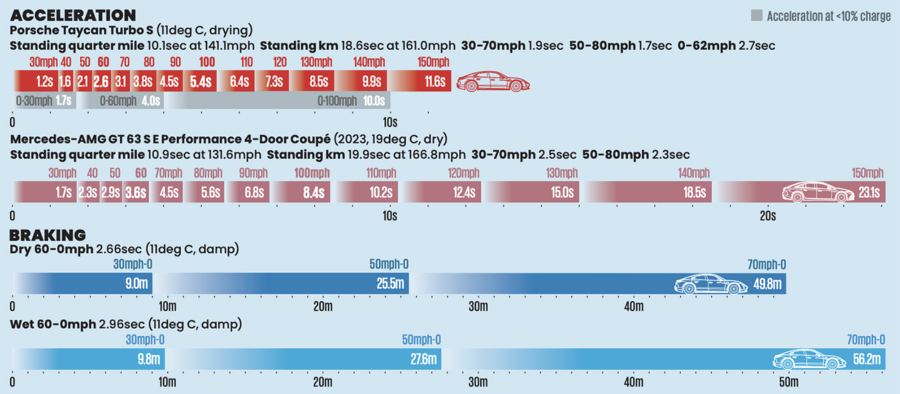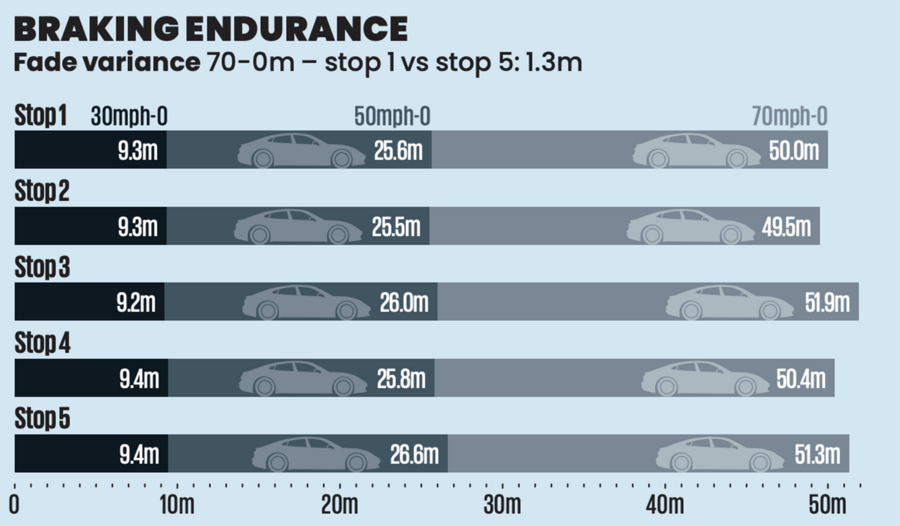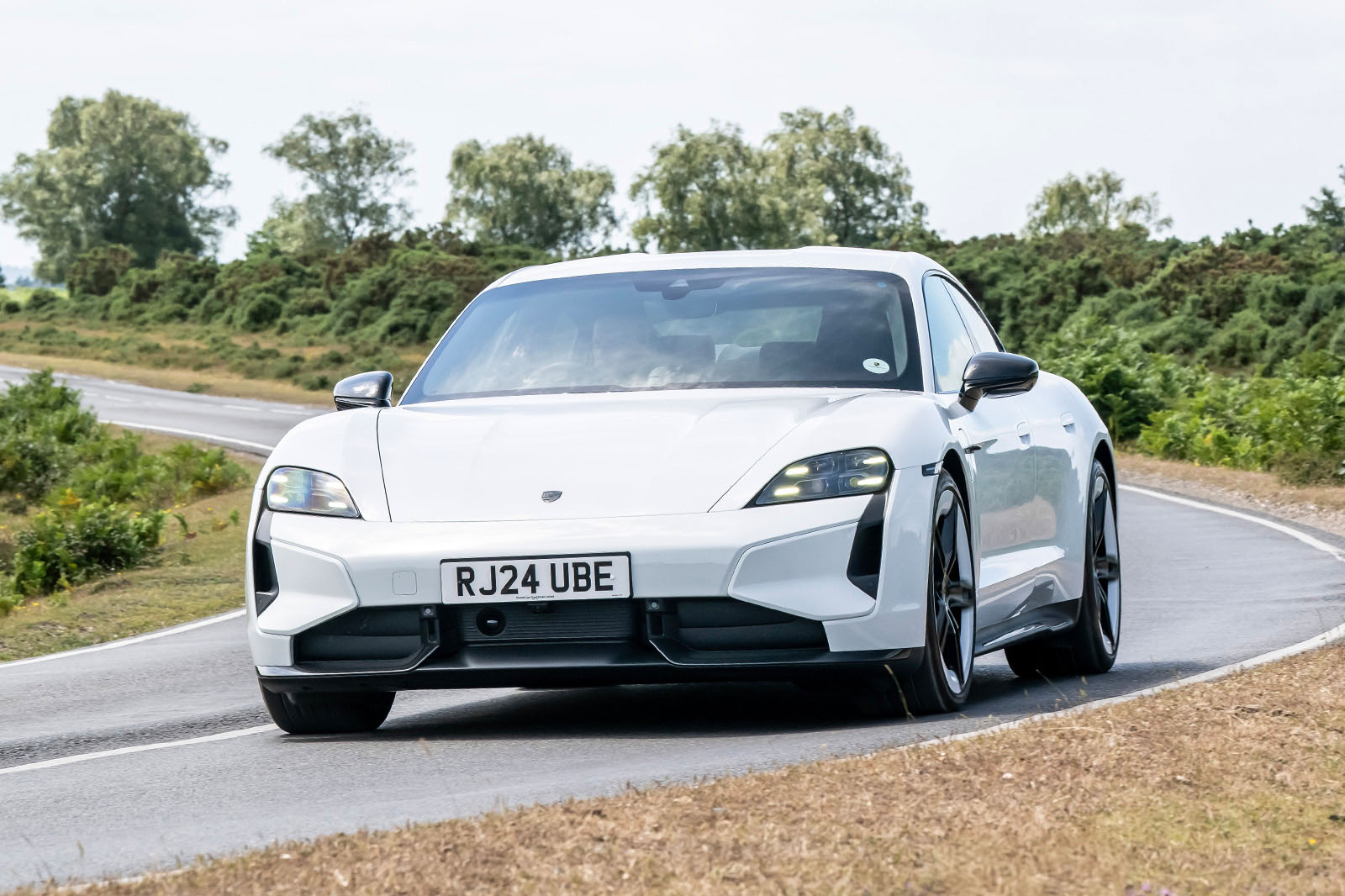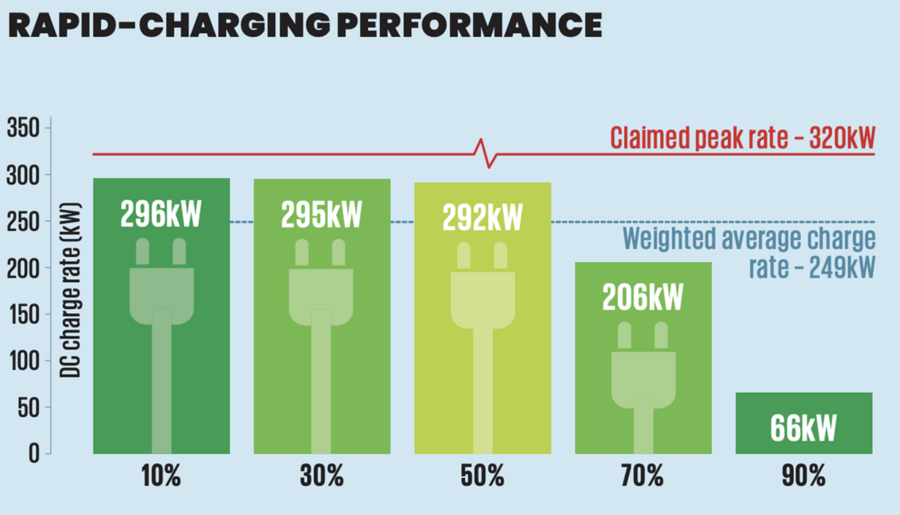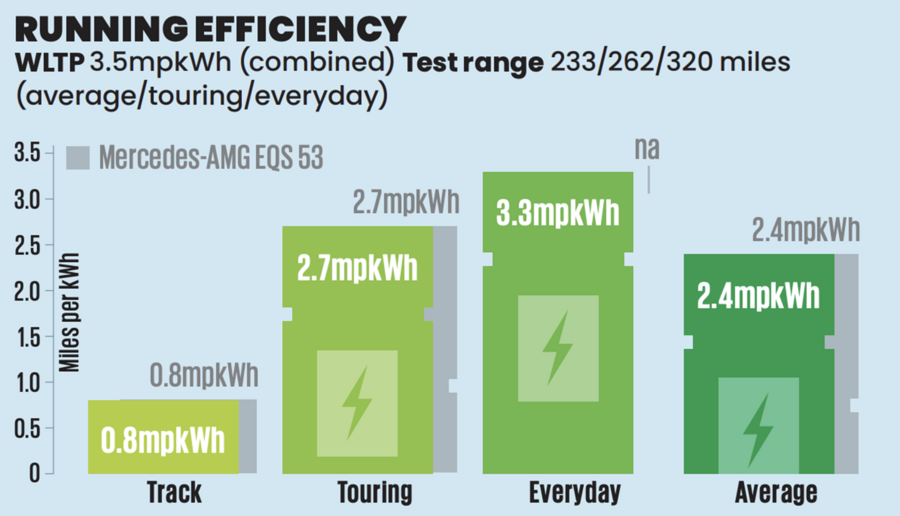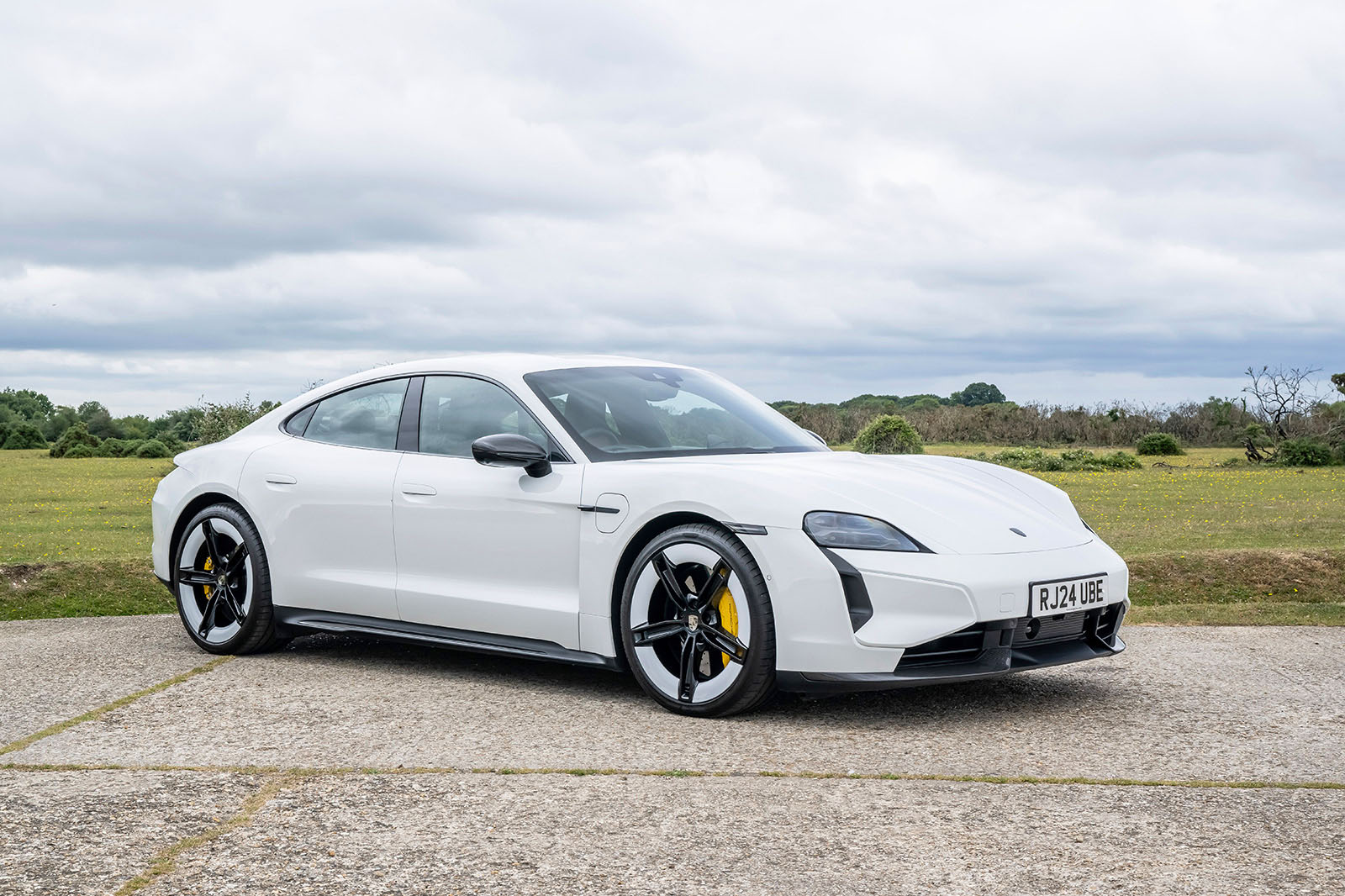How time flies. It feels only last month that Porsche demonstrated to the world just how fine a dynamic proposition an EV could be, yet here we already are with the new-for-2024 Porsche Taycan, codenamed not J1 but J1 ‘II’.
It’s a prosaic denomination that belies the magnitude of the changes made to update arguably the most compelling electric car money can buy, and indeed the scale of cash spent doing so. We will come to all that soon, but it’s indicative of the extraordinary rate of development that car makers in the electric game are faced with that, just five years into its life, the Taycan is on the receiving end of such far-reaching updates. A taste: the available battery packs not only have greater capacity but are also now lighter, and ‘active’ suspension is also on the cards for those willing to tick a six-grand option box. The Taycan also now charges so quickly that the rapid charger we use to test EVs at Horiba MIRA – hardly an anaemic bit of apparatus with its 300kW feed – was the limiting factor, a fact that the car was quick to point out via a dashboard memo, a little gleefully.
Over the course of the past half-decade, the Taycan range has also filled out markedly. Porsche’s EV is its own not-so-little sub-brand, with everything from a ‘purist’ RWD option to soft-roading estates, and even a GT-division variant available with, yes, a ‘Weissach Package’, which is typically the preserve of 911 GT3 and Cayman GT4s. It means the new Taycan hits the ground running, with no fewer than 14 derivatives available in the UK, with prices starting at £86,500 (previously £75,555) and spanning all the way up to nearly £200,000.
Here we'll focus on the Turbo S, because for a demonstration of what the updated Taycan is capable of (and, indeed, where it may be found wanting), it is the ideal showcase, packing all of Porsche’s new technologies, either in the form of standard kit or, as with our test car, choice optional extras. It also, if the spec sheet is to be believed, has the potential to be the quickest-accelerating car we have ever tested.




